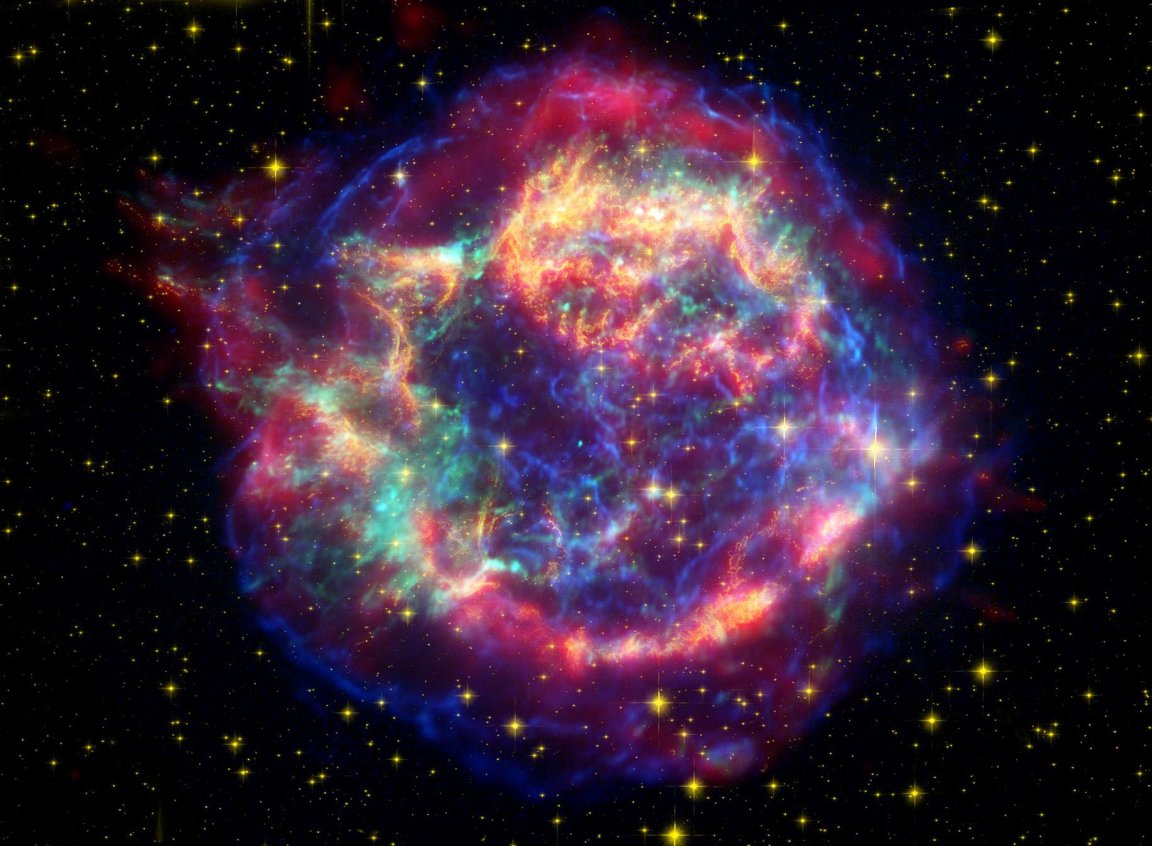
Going Supernova
Our ability to view and image the universe has improved drastically within recent decades. The Hubble Space Telescope opened a window to the universe that has allowed us to expand our knowledge of space and the laws of nature tremendously. Since then, we have expanded not only this knowledge but our ability to view and observe the far reaches of the cosmos. This is epitomized with the upcoming launch of the James Webb Space Telescope (JWST), which will serve as NASA’s premier observatory and the most capable space imaging technology to-date.
Recently, in a successful display of modern space imaging, an international team of astronomers used the Optical Gravitational Lensing Experiment (OGLE) at the Warsaw University Astronomical Observatory to capture, in great detail, a star going supernova in slow motion. This type of supernova (SN Type Ibn) typically rises to peak brightness very rapidly, resulting in a fast decline, this supernova took its time reaching its peak before slowly fading.

Remarkable Imaging
Led by Emir Karamehmetoglu of The Oskar Klein Center at Stockholm University, these astronomers, who were from the UK, Poland, Sweden, Northern Ireland, the Netherlands, and Germany, were studying a “Type Ibn” event known as OGLE-2014-SN-13. Astronomers think these explosions are likely the result of the cores of massive stars, which have lost their outer hydrogen envelope, collapsing. Within this explosion, also, the star’s ejecta interacts with helium-rich circumstellar material (CSM).
Karamehmetoglu remarked, on OGLE-2014-SN-13 that “The fact that it took several times longer than the typical rise to maximum brightness, which is unlike any other Ibn that has been studied before, makes it a very unique object.”
As space imaging technologies continue to develop, especially with the launch of the JWST, it is likely that observations like this will continue to improve and expand, allowing us to observe unique events like this throughout the Solar System and beyond.